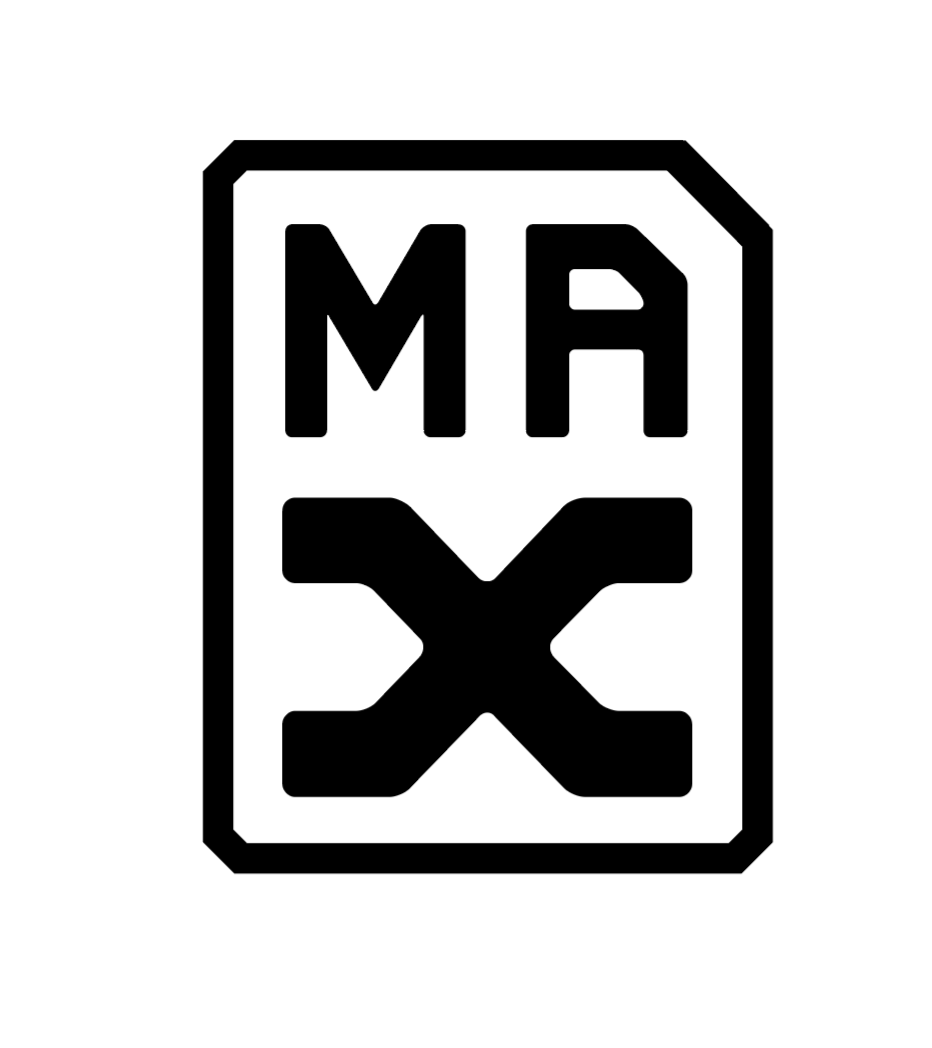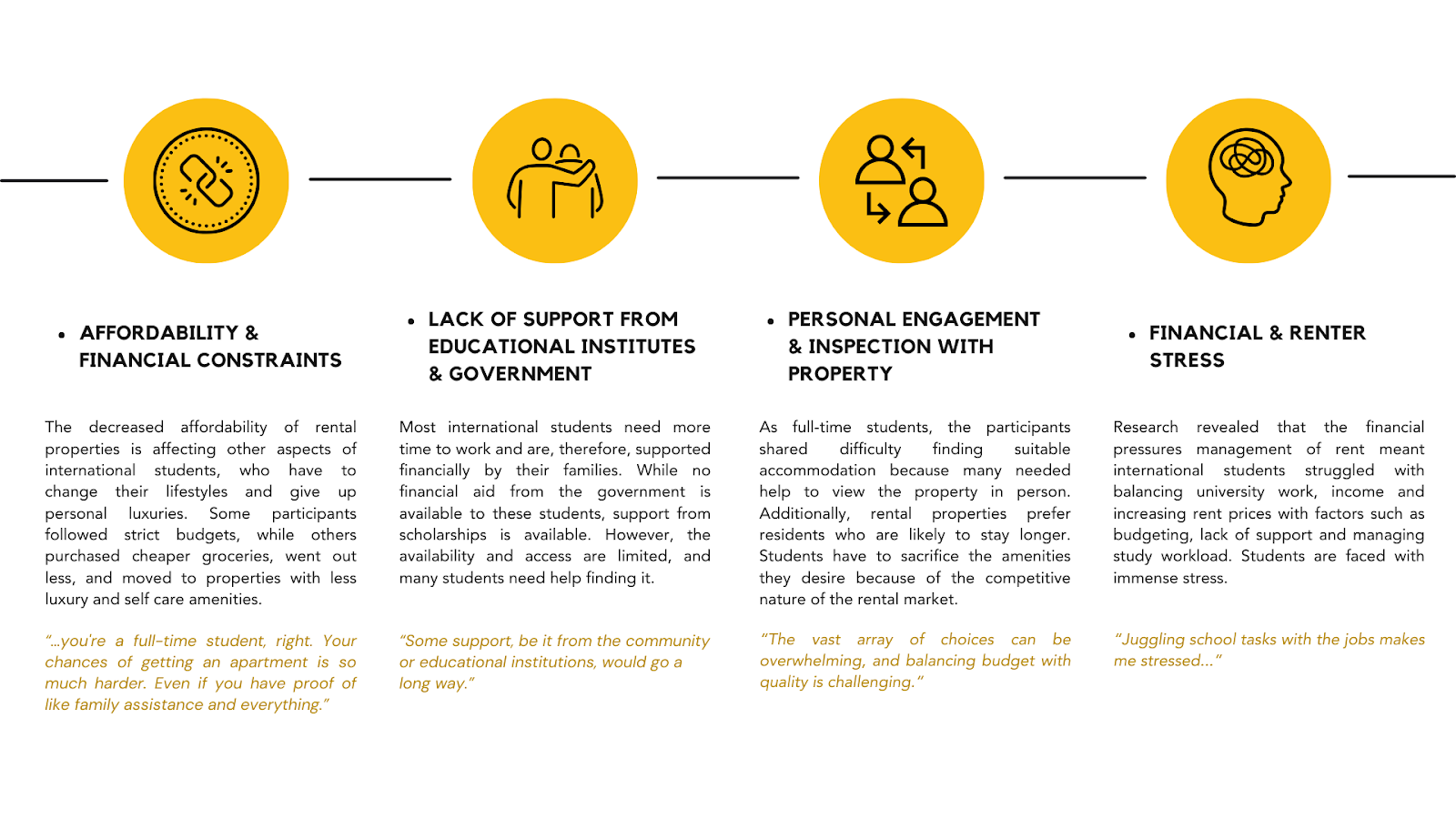DESIGN THINKING
The brief that we received for this project was ‘How might we reduce cost of living pressures for people in Australia.’ We intended to refine the problem space and eventually work towards a creative human-centred solution for a demographic of Australians.
To discover and understand different aspects of the concept, I did desk research into academic databases and articles covering three separate cost-of-living-related issues: the rising cost of food, the increasing cost of rent, and the mental stress of financial difficulty. Eventually, I decided to explore rental inflation further.
Client
N/A
Team
Max Heytman | Liuhui Tang | Kangqi Song
My roles
Deliverables
Design Articulation | Low & Mid-fidelity prototype | Mock-up | Research Report
Research | UI/UX Design
Research
As a group, we looked into current solutions that covered different aspects of renters' inflation and stress. Our solutions scan summarises the completed research and critiques we made about the features those services lack.
After preliminary research, our group conducted more research. We conducted ten twenty-minute interviews with international students renting in Australia, with different cultural backgrounds and duration of stay. We also completed an online ethnography to support our findings in interviews, analysing online forums and discussions to discover prevalent issues.
Problem Framing
After reflecting on our findings from research and thematic analysis, we reframed the cost of living problem statement to establish a solution area. Our new problem statement establishes our target audience and our practical goal.
“How might we leverage educational institutions and foster community engagement to aid affordable, quality housing solutions for international students?”
Lo-fi prototyping
For user testing, we created a low-fidelity prototype of our design. We use cardboard and paper to make a screen where elements can be swapped out manually, mirroring the intended interaction. We set goals for the user to complete and record feedback on our prototype using the think-aloud process.
We proposed installing a kiosk across Usyd where users could play a gamified survey and choose their ideal amenities and accommodation features in Sydney. The challenge is to balance the amenities with their ideal weekly budget, with visual feedback of an icon character reacting as they have to ‘carry the load’ of the options chosen by the user.
After completing our user goals, we conducted a post-interaction interview using a System Usability Scale (SUS) questionnaire, evaluating the usability of individual interactions and the overall system.
Mock-up poster
After a evaluating the feedback we received, we made a mock-up and poster to pitch our idea.










